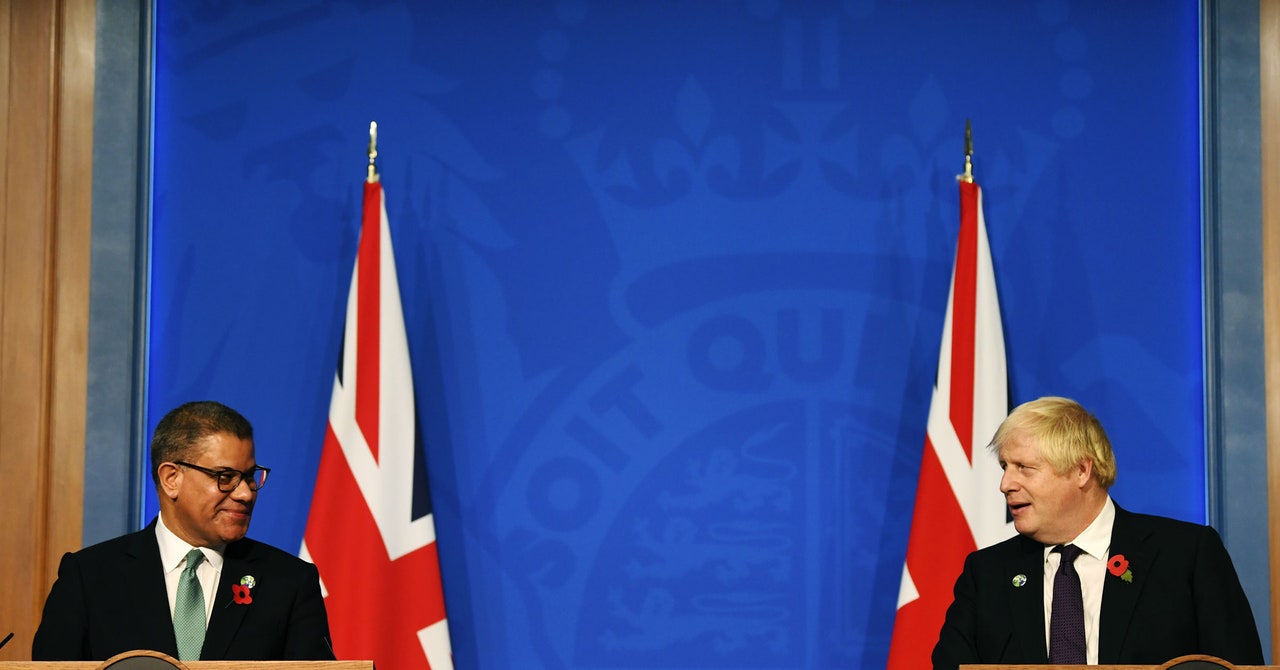
The dust has settled in Glasgow and diplomats have flown back to their respective parts of the world. COP26, the long-awaited UN climate conference in Scotland, concluded on Saturday with all countries agreeing to the Glasgow Climate Pact.
Despite a dramatic last-minute push by India and China that watered down language on coal from a “phase-out” of unabated coal to a “phase-down,” almost 200 countries signed up to the deal. But this wasn’t the only outcome of the two-week conference, which saw a barrage of new national commitments and joint pledges as well as agreements on the remaining pieces of the Paris “rulebook,” which sets out how the 2015 Paris Agreement works in practice. Here are six of the most important numbers to keep in mind.
2022
Boris Johnson, in the UK’s role as host of the summit, made “keeping 1.5 C alive” a hallmark of COP26, even if setting out exactly what doing this means in a world currently headed to 2.4 degrees Celsius, or even 2.7 degrees Celsius, is fairly elusive.
Early on at COP26, countries began discussing the idea of coming back to the table in 2022 with better pledges—the consensus around this is one of the major outcomes of the negotiations. The final text says countries should “revisit and strengthen the 2030 targets” as necessary to align with the Paris Agreement temperature goal by the end of 2022.
“Although this is far from a perfect text, we have taken important steps forward in our efforts to keep 1.5 alive,” said Milagros De Camps, deputy environment minister of the Dominican Republic, a member of the Alliance of Small Island States (AOSIS), at the closing plenary of COP26 on Saturday.
However, some countries have already claimed that returning to the table next year doesn’t apply to them, including major emitters such as Australia and the US. So we can expect a lot of pushing from activists over the next 12 months to make this happen in practice.
£2 Million ($2.7 Million) for Climate Loss and Damage
A noteworthy breakthrough at COP26 was the pledge from Scotland to give £2 million ($2.7 million) to vulnerable countries for loss and damage caused by the climate crisis. No developed country has ever offered up such money before, so while the amount is small in terms of the actual cash on offer, it is significant in terms of its politics.
Loss and damage refers to the harms done by climate change which can no longer simply be adapted to, such as climate migration due to droughts or island territory lost to rising sea levels. The Paris Agreement acknowledges it as an issue, but rich countries have been extremely hesitant to offer up any kind of finance for it, including at COP26.
So Scottish first minister Nicola Sturgeon’s comments last week that “the rich developed industrialized countries that have caused climate change … have a responsibility to step up, recognize that and address it” were a surprise breakthrough. Her use of the words “reparation” and “debt” in this context are also significant, considering the huge resistance from many developed countries, especially the US, to use this kind of language.
$40 Billion
Back in 2009, developed countries made a pledge to deliver $100 billion a year in climate finance to developing countries by 2020 to help them move to greener economies, as well as deal with the impacts of climate change, known as adaptation.
The Paris Agreement promises a “balance” of climate funding for mitigation and adaptation, but in 2019 around $50 billion went to mitigation versus only $20 billion to adaptation. The original $100 billion by 2020 pledge has also certainly been missed, a source of huge tension at the talks this year.


